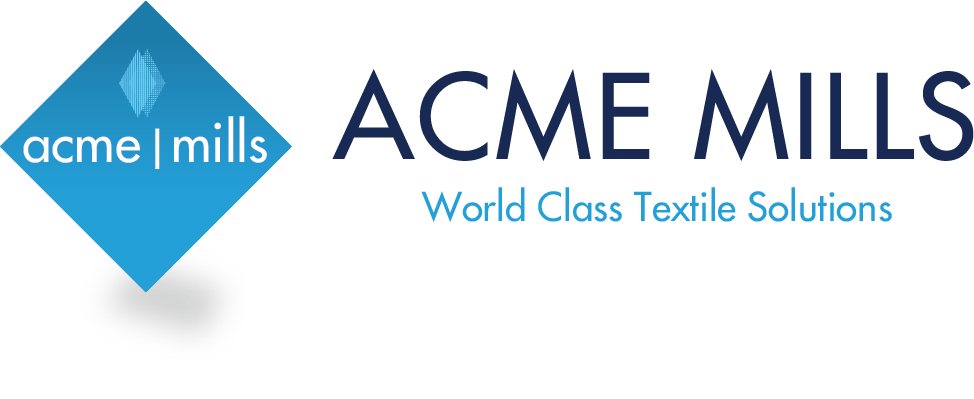The textile industry is a global market that deals with items made from fibers, threads, or yarn. Explore the significance of the textile industry, learn about the main categories of textiles, and discover the human and economic advantages of the industry.
Textile Industry
Did you know that as you sit at your computer you are surrounded by textiles? The curtains on the window next to you, the cushion on your desk chair, the carpet on the floor, and even those shoes or slippers on your feet are considered textiles. Textiles are made from fibers, filaments, threads, and yarn, either natural or synthetic.
There are two main categories of textiles: conventional textiles and technical textiles. Conventional textiles are made primarily for aesthetics and secondarily for use. They include clothing and decorative items like throw pillows. Technical textiles are made primarily for function but can also be aesthetically pleasing. For example, the air filter in your vacuum is a technical textile, but so is a hot air balloon.
Human Advantages
To survive, humans need food, shelter, and warmth. Textiles fall into all of these categories. Because of clothing and protective gear, farmers can use fertilizers, herbicides, or pesticides to increase crop yields. They can also use equipment filters and protective coverings for planting, harvesting, and protecting their crops. Without all of these technical textiles, food production would be less reliable.
People also need clothes and blankets to stay warm. Without natural and synthetic fibers, shingles and other types of building materials could not be made, influencing the type of shelters built. To understand how textiles affect our day to day lives, it’s important to realize the variety of textiles available.
Read more: Textile Industry: Significance & Advantages










